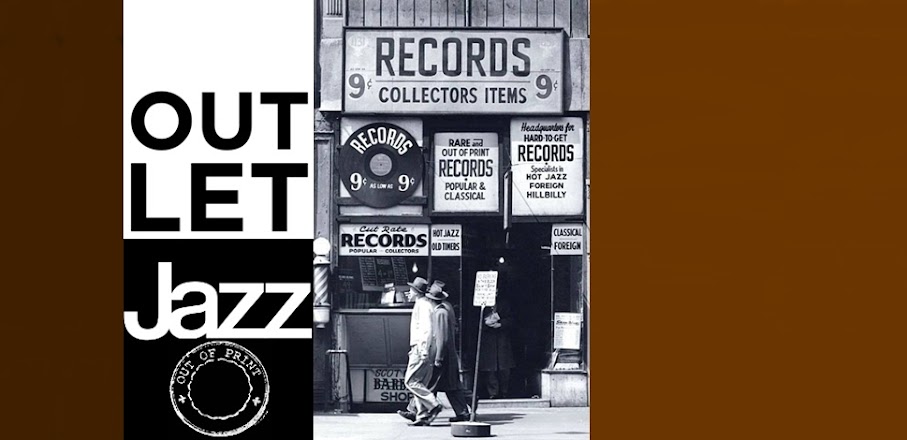Johnny Costa (born John Costanza; January 18, 1922 - October 11, 1996) began studying piano when he was 10 after learning to play the accordion. After World War II, he attended college and graduated with two degrees, one in music and the other in teaching. The second was an insurance policy, in case his piano-playing career went flat.
Given the title "The White Art Tatum" by jazz legend Art Tatum, Costa was briefly the musical director of Mike Douglas's weekly TV show in Philadelphia.
But the demands of studio work and touring to promote albums pulled Costa away from his wife and two children. So at the dawn of the '60s, Costa decided to stick closer to home. He played regularly at a Pittsburgh club and appeared on KDKA. Then in 1963, Costa met Fred Rogers through a mutual friend. Rogers was enchanted by Costa's gentle piano wizardry. There was child-like delight in his playing. In 1968, when public broadcaster WQED gave Rogers the green light to move forward with the first 100 episodes of Mister Rogers' Neighborhood, Rogers offered Costa the job as musical director. Smartly, he let Costa play whatever he wished, as if he were a permanent guest on the show. All of the music would be live.
He recorded a handful of superb piano albums for Coral in the 1950s, beginning with Johnny Costa Plays Piano Solos. *Marc Myers*
Although Johnny Costa is still a youthful virtuoso, he has been performing ever since he could get his fingers on a few keys. Originally the keys were the keys of an accordion which he played as a child. Born in Arnold, Pennsylvania, a little more than thirty years ago, Johnny began his musical education when he was ten. For seven years he devoted himself to perfecting his technique on the accordion, and then suddently decided to tackle a larger keyboard. He studied piano with Martin Meissler, the same teacher who had instructed Oscar Levant.
After travelling with Tommy Reynolds and other small organizations, he was stopped by the war and became a medical aide. After the armistice, Johnny played in a few night spots but felt that he still had much to learn. He resumed serious musical education -- this time with Nicolai Lopatnikoff at the Carnegie Institute of Technology, from which he received degrees in Composition and Public Education. Shortly afterwards he became Staff Pianist for KDKA in Pittsburgh, Pennsylvania.
Johnny Costa's playing is a fine blend of pure musicianship and sheer improvisation. His fingers slip easily from lush romantic phrases to subtle syncopation; from moods of quiet meditation to delicate but definitive jazz rhythms. Whatever he plays, he plays with grace and gusto...an enjoyment which is not only communicated but shared between the performer and the listener. *Liner notes*
Side 1
1 - Tenderly
(Walter Gross, Jack Lawrence)
2 - Holiday For Strings
(David Rose)
3 - Love For Sale
(Cole Porter)
4 - After You've Gone
(Henry Creamer, Turner Layton)
5 - Misty
(Erroll Garner)
Side 2
6 - A Foggy Day
(George and Ira Gershwin)
7 - Stella By Starlight
(Victor Young, Ned Washington)
8 - Lover
(Richard Rodgers, Lorenz Hart)
9 - Autumn In New York
(Vernon Duke)
10 - Hallelujah
(Vincent Youmans, Leo Robin, Clifford Grey)
Johnny Costa (piano), Sandy Block (bass), Jimmy Crawford (drums).
Recorded in New York City, July 18, 1955.


Thank you, blbs.
ReplyDeleteInteresting 2 Costa albums. Curiosity rises for me!
ReplyDeleteCan I request a re-up of this one?
ReplyDeleteNew link:
ReplyDeletehttps://1fichier.com/?xwiosfkaojcici8qwgm4
Thank you blbs!!
ReplyDelete